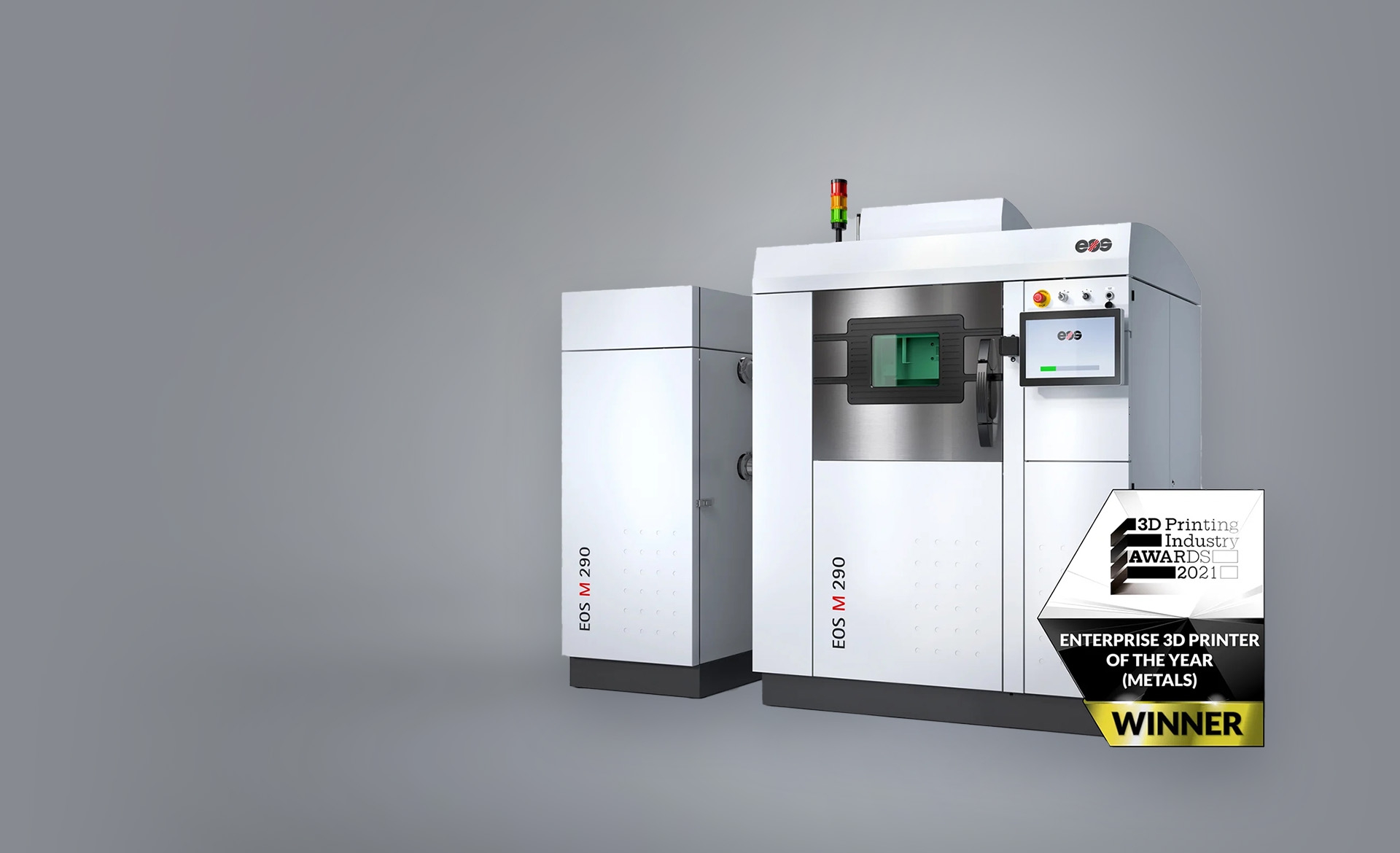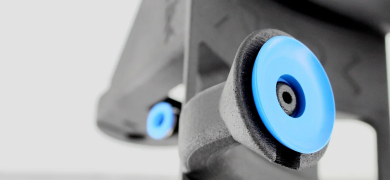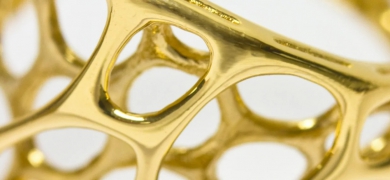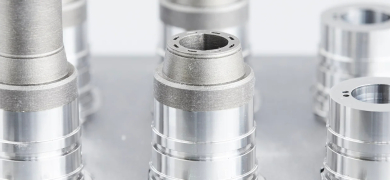

EOS M 290
Award Winner Metal 3D Printer
The most extensive materials portfolio on the market
Powerful 400-watt fiber laser for excellent detail resolution
A robust and well-established system with a vast range of applications
Reproducible Part Quality
The exceptionally high beam quality of the laser spot and the excellent detail resolution are ideal for producing highly complex components with homogeneous properties.
Broad Portfolio of Materials
With the most extensive range of validated materials and processes available on the market, all customer needs are covered.
Comprehensive Quality Management
The comprehensive monitoring suite enables quality assurance of all production- and quality-relevant data in real time.
Technical Data EOS M 100
- Construction Volume
- 250 x 250 x 325 mm (9.85 x 9.85 x 12.8 in) (height incl. build plate)
- Laser Type
- Yb-fiber laser; 400 W
- Precision Optics
- F-theta-lens; high-speed scanner
- Scan Speed
- up to 7.0 m/s (23 ft./sec)
- Focus Diameter
- 40 µm (0,0016 in)
Compatible materials
- Aluminum AlSi10Mg
- CobaltChrome MP1
- MaragingSteel MS1
- StainlessSteel 316L
- Titanium Ti64
- Copper Cu
- NickelAlloy IN625
- CaseHardeningSteel 20MnCr5
- Aluminum AlF357
- Aluminium Al2139 AM
- StainlessSteel CX
- ToolSteel 1.2709
- ToolSteel CM55
- StainlessSteel 316L VPro
- StainlessSteel 17-4PH
- StainlessSteel 254
- StainlessSteel SuperDuplex
- StainlessSteel PH1
- Titanium Ti64ELI
- Titanium Ti64 Grade 5
- Titanium Ti64 Grade 23
- Titanium TiCP Grade 2
- NickelAlloy IN718
- NickelAlloy IN939
- NickelAlloy HX
- NickelAlloy HAYNES® 282®
 Industrial 3D Printing for Automation and Robotics
Industrial 3D Printing for Automation and Robotics
Additive Manufacturing for Handling Systems
Automation is moving forward, and all types of production and intralogistics processes are becoming increasingly networked thanks to digitalization. Robotics and gripping systems play a key role in this. But gripping technology in particular is constantly facing new challenges. Additive manufacturing makes it possible to address rapidly changing market trends in a targeted manner.
More information → Gold, Silver, Platinum and Palladium
Gold, Silver, Platinum and Palladium
Digital Production of Jewelry & Watches
Using CAD model data, 3D printers are used to build elegant jewelry articles layer by layer – without the process leaving any recognizable marks behind. The appearance of the finished products rivals artisanal blacksmithing in every regard. AM also allows the reduction in the cost of materials. By integrating empty spaces into the design, work pieces can be made more cost-efficiently and easily in a manner that saves resources.
More information → 3D Printed Molds and Tools
3D Printed Molds and Tools
Reduce Cycle Times, Increase Cost-Efficiency
Why using additive manufacturing to produce 3D printed molds and tools? As an industrial production method, the 3D printing process of additive manufacturing offers enormous design and manufacturing freedom. The most complex of shapes can be designed and produced in the highest quality, quickly and cost-efficiently, even for small batch sizes. In this way, the process provides a solution to a tooling challenge faced by many tool and mold makers:
In many industries, producing specialized tools and parts is one of the most resource-intensive manufacturing processes. Conventional processes are typically expensive, time-consuming and technically very challenging. The 3D printing process with EOS metal materials is the answer.
More information →

